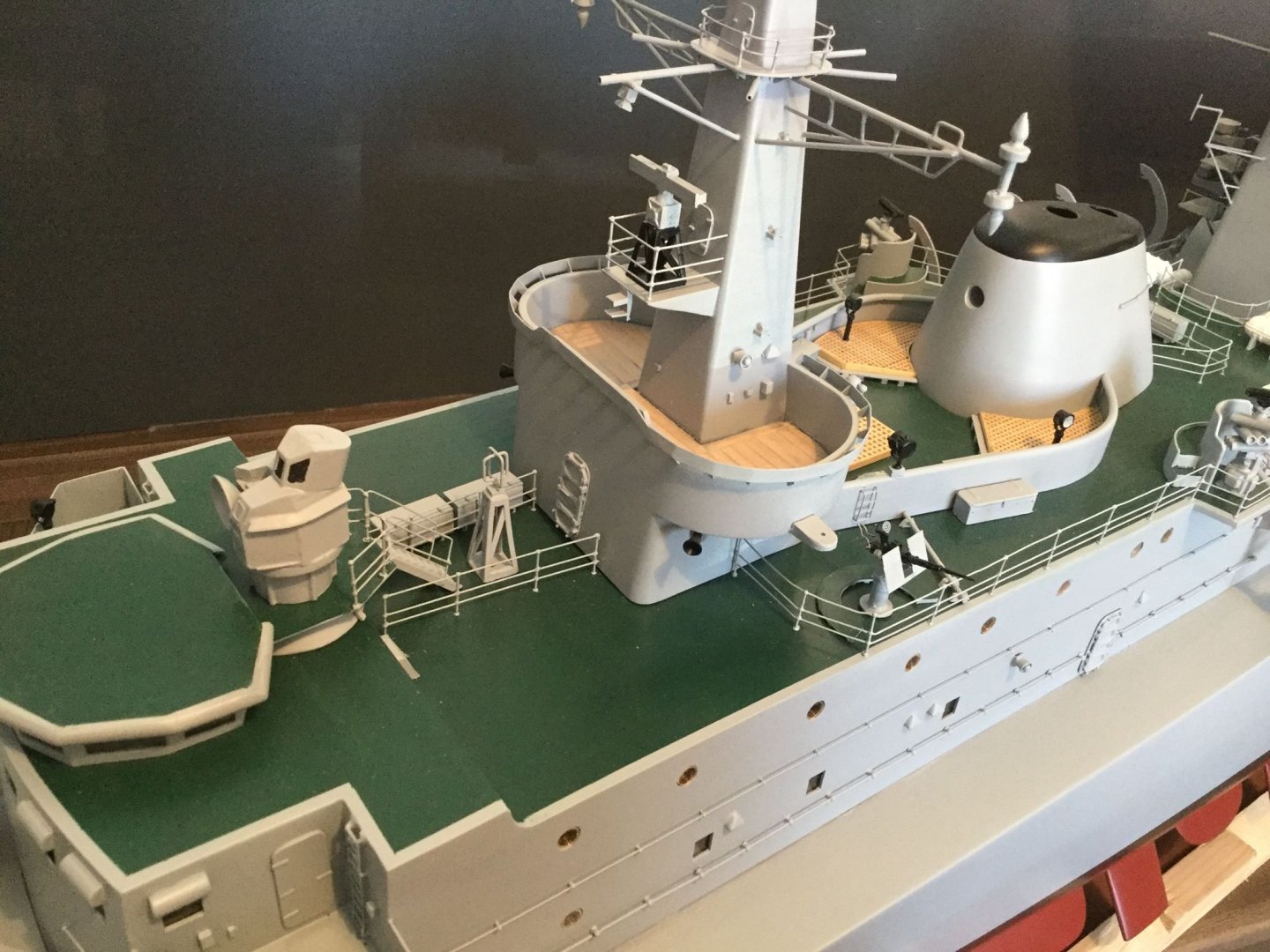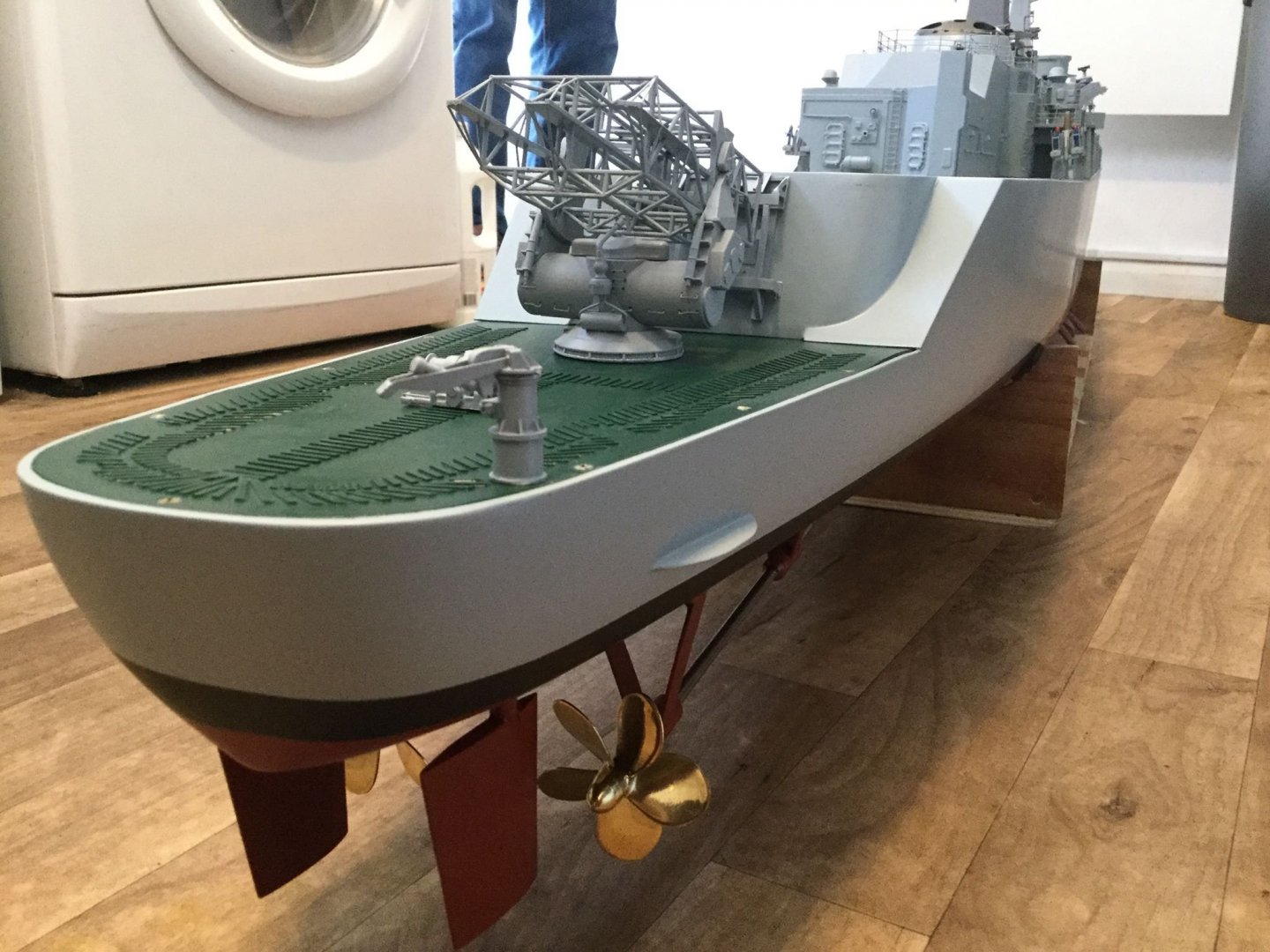-
Posts
7,010 -
Joined
-
Last visited
Content Type
Profiles
Forums
Gallery
Events
Everything posted by Kevin
-
Thank you, and your more than welcome to follow my slow progress
- 337 replies
-
- finished
- mountfleet models
-
(and 1 more)
Tagged with:
-
That would certainly make sence, but being clipped over the railings seams very naff way to do it, like the securing method at the top, this must have weighed quite heavy
- 337 replies
-
- finished
- mountfleet models
-
(and 1 more)
Tagged with:
-
Good evening everyone, hope you all had a nice Christmas i have made an attempt to do something with the ends of the hand rails, i used masting parral beads. i have also started to tomne down the white in places and on the funnel Ash Chute made it up, but dont quite understand how it works, or how it is held into position, the photos show it clipped over the railings, and fails to show how it is held into position at this time everything is just placed into position for the photo, nothing is fixed yet
- 337 replies
-
- finished
- mountfleet models
-
(and 1 more)
Tagged with:
-
Mark, good idea, i might see if parral beads from the victory spares box will fit
- 337 replies
-
- finished
- mountfleet models
-
(and 1 more)
Tagged with:
-
Thats how the plans show it, im in two minds, as i can see it being a snag issue in the real thing, but if i cut them to terminate, they might look a bit short, so the jury is out at present
- 337 replies
-
- finished
- mountfleet models
-
(and 1 more)
Tagged with:
-
Superstructure handrails and stations good evening everyone not made much progress recently, the williness to work on her is there, just not finding the time to put in on her however last weekend i managed to put the handrails on, made from single head statnions and the wire provided within the kit, i put them into position then used a bit of c/a to stop them moving, removed them and used a white primer on them, and put back into position presently making up the guard rails
- 337 replies
-
- finished
- mountfleet models
-
(and 1 more)
Tagged with:
-
surprised they went for that when the 1/200 Trumpeter sells well, with the added PE sets, lots of other ships they could have done
-
the wife put it up whilst i was at work, knowing it would please me , so she could drop the bomb that we are visiting relations on Christmas day
- 337 replies
-
- finished
- mountfleet models
-
(and 1 more)
Tagged with:
-
Good evening everyone, thank you for the comments and likes not having the bath tub size hull in the cave is certainly an advantage, not because of the space, but i am forever looking at it thinking, what the hell am i going to do with it anyway onwards i go Funnel area the choice of funnel colours is the admirals, and not to represent any port or company, just so happens to be the colours being used i made up the steam whistle pipework and the after pipe ( i believe to be a vent), and the made some bases for the cowls so that they can be moved to change direction the companionway has now got a pair of doors, but still to be finished and the turnbuckle for the after mast have been cleaned up and temp placed into position the turnbuckle for the after mast have been cleaned up and temp placed into position
- 337 replies
-
- finished
- mountfleet models
-
(and 1 more)
Tagged with:
-
Good evening everyone Christmas is coming, My new builds have already arrived, but the hull of the St Nectan has been moved out of the way until the end of the festive season, but i still have the superstructure to work on Funnel i was not able to find out if the funnels had any type of protection on top to stop anything dropping down them like birds, wabbits or elephants, so i went out on a limb and decided that they must have, the mesh is from a old washing machine bag that i used to take to sea, the black is matt but still wet when the photos were taken
- 337 replies
-
- finished
- mountfleet models
-
(and 1 more)
Tagged with:
-
Good evening everyone been a few weeks since my last post, m i went down with man flu, and has taken me a while to get over it after going as far as i could with the otter boards, i then went on to the gallows, from which the boards are worked tow pairs are made up and the fwd pair are different to the after set, the fwd ones are set at an angle going outboard, i wasnt able to work out if the other pair were then same, but i made them to the same angle anyway they fit in line to the hull ridges Masts having completed the main one a few weeks ago i wasnt happy with it so this weekend i made a new one and completed the foremast, both out of Evergrren tubing, which has allowed me to hide the wiring
- 337 replies
-
- finished
- mountfleet models
-
(and 1 more)
Tagged with:
-
oh dear, that means you will be telling me off when i rig it all up wrong then lol
- 337 replies
-
- finished
- mountfleet models
-
(and 1 more)
Tagged with:
-
Good evening everyone Otter Boards continued i went for the Flory Dark dirt, but a couple are in just grime, so i have a few options when it comes to putting everything in place i read after last nights post, that the outside edges were sheathed in metal to prevent damage to the wood when being dragged on the seabed, having scored one side of the wood to represent planks and then stained it i super glued the frame to it, then drilled holes though, turned it over, scored and stained then lined the other frame to the holes to represent the metal sheathing i cut a thin piece of card, attached it all round and painted now putting the bolts through and secure the heads on the opposite side next will be the brackets which will be this weeks work i not 100% sure where they fit, but here they are for tonight
- 337 replies
-
- finished
- mountfleet models
-
(and 1 more)
Tagged with:
-
Good evening everyone Anchor winch the casting of this was quite bad in places so i will be doing a lot more work on it prior to primer Otterboards 6 of these are have to be made up, basicly two halves sandwiching a plank of wood, these have been cleaned up during the week after work primed with rattle can grey then being painted with the IDF Green (bought for the D9R) the boards is 2mm ply scored to represent planks and a Flory Grime wash to age it some are better than others, but all required cleaning up some of the cleaned off swarf ready for primer the paint gets darker as it dries various stains to find one im happy with
- 337 replies
-
- finished
- mountfleet models
-
(and 1 more)
Tagged with:
-
- 337 replies
-
- finished
- mountfleet models
-
(and 1 more)
Tagged with:
-
It could be an early prototype before general release, i change things on my builds but never make a note of it
-
good evening everyone well i finished the main deck bulkhead braces this weekend was spent working aft, the stern light white metal moulding has been adapted to accept a 3mm led the boat deck supports have been adapted to fit and removed again, as they will be getting in the way, but they are marked where they fit as they are all slightly different, and have finally decided what colour's the build is going to be other than the hull boat deck edges being fitted now i have an idea of end colours lifeboat stations are pinned and marked out where the final position will be
- 337 replies
-
- finished
- mountfleet models
-
(and 1 more)
Tagged with:
-
Thank you Gary, i do love big builds but she is a big lump, hopefully i can make a nice job of her,
- 337 replies
-
- finished
- mountfleet models
-
(and 1 more)
Tagged with:
-
LOL the 100's of hours i have spent in red lighting, at periscope depth, and on the surface when at watch diving (the memories come flooding back) which is dimmed so much it then becomes black lighting
About us
Modelshipworld - Advancing Ship Modeling through Research
SSL Secured
Your security is important for us so this Website is SSL-Secured
NRG Mailing Address
Nautical Research Guild
237 South Lincoln Street
Westmont IL, 60559-1917
Model Ship World ® and the MSW logo are Registered Trademarks, and belong to the Nautical Research Guild (United States Patent and Trademark Office: No. 6,929,264 & No. 6,929,274, registered Dec. 20, 2022)
Helpful Links
About the NRG
If you enjoy building ship models that are historically accurate as well as beautiful, then The Nautical Research Guild (NRG) is just right for you.
The Guild is a non-profit educational organization whose mission is to “Advance Ship Modeling Through Research”. We provide support to our members in their efforts to raise the quality of their model ships.
The Nautical Research Guild has published our world-renowned quarterly magazine, The Nautical Research Journal, since 1955. The pages of the Journal are full of articles by accomplished ship modelers who show you how they create those exquisite details on their models, and by maritime historians who show you the correct details to build. The Journal is available in both print and digital editions. Go to the NRG web site (www.thenrg.org) to download a complimentary digital copy of the Journal. The NRG also publishes plan sets, books and compilations of back issues of the Journal and the former Ships in Scale and Model Ship Builder magazines.


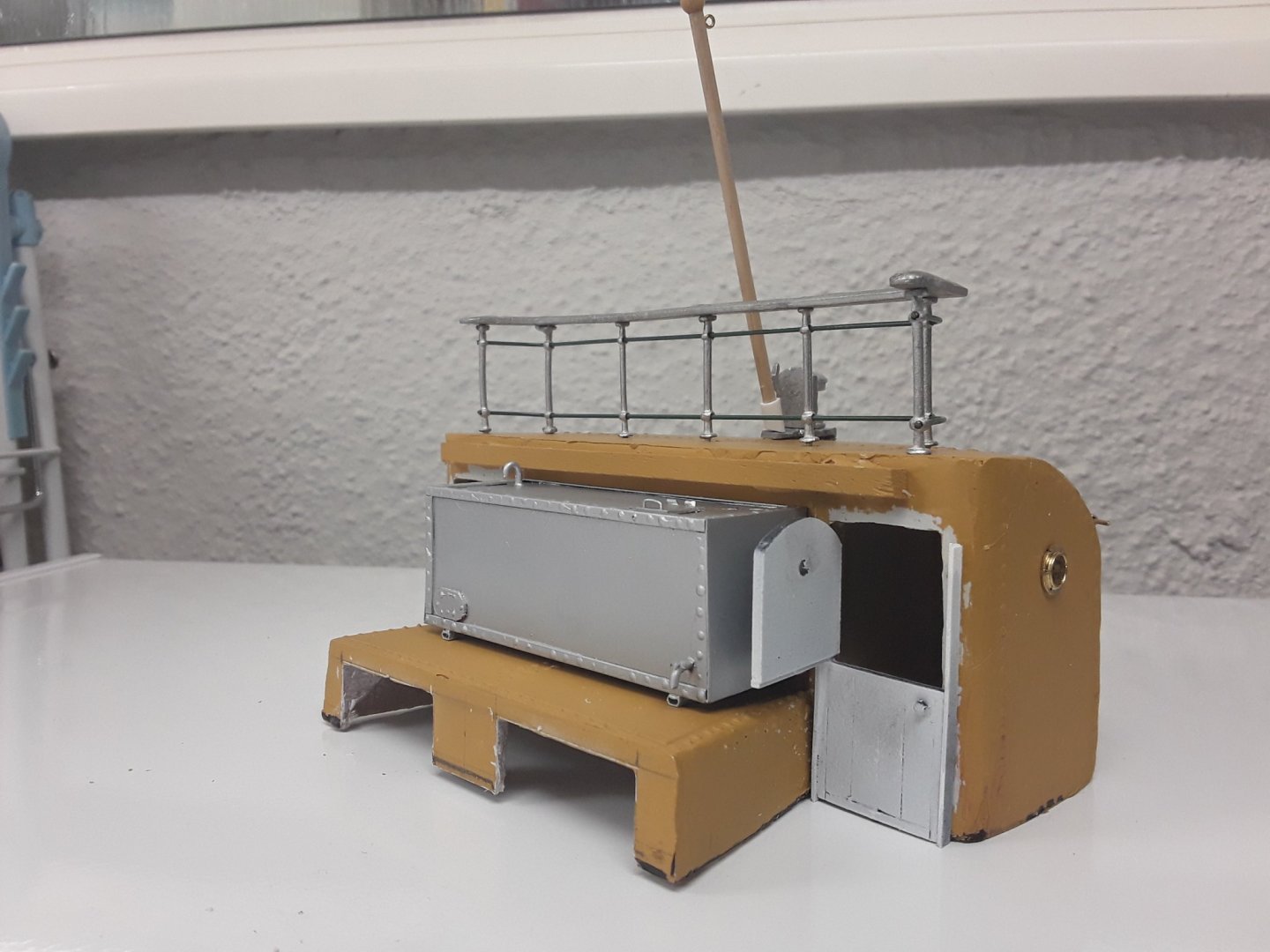
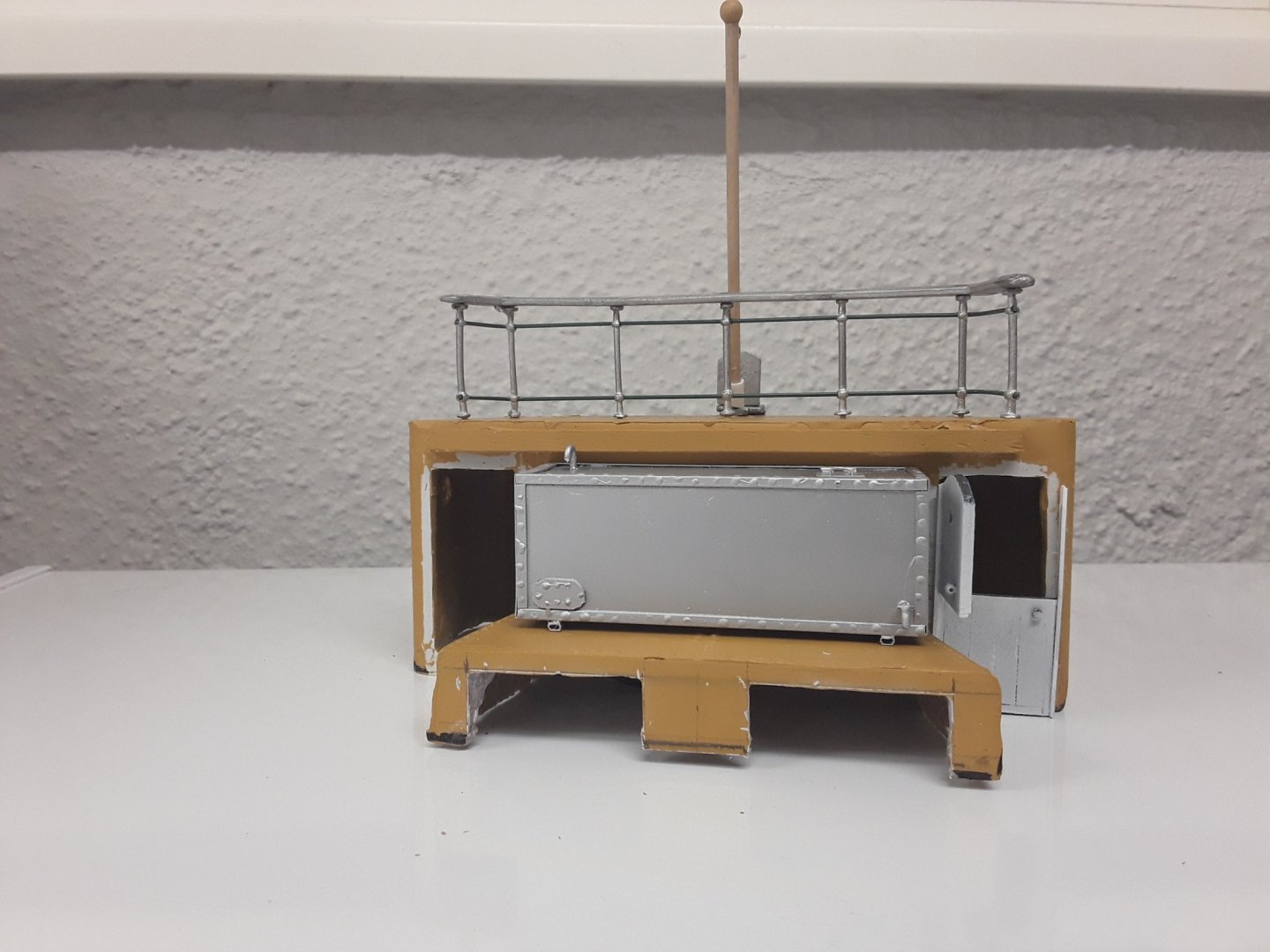
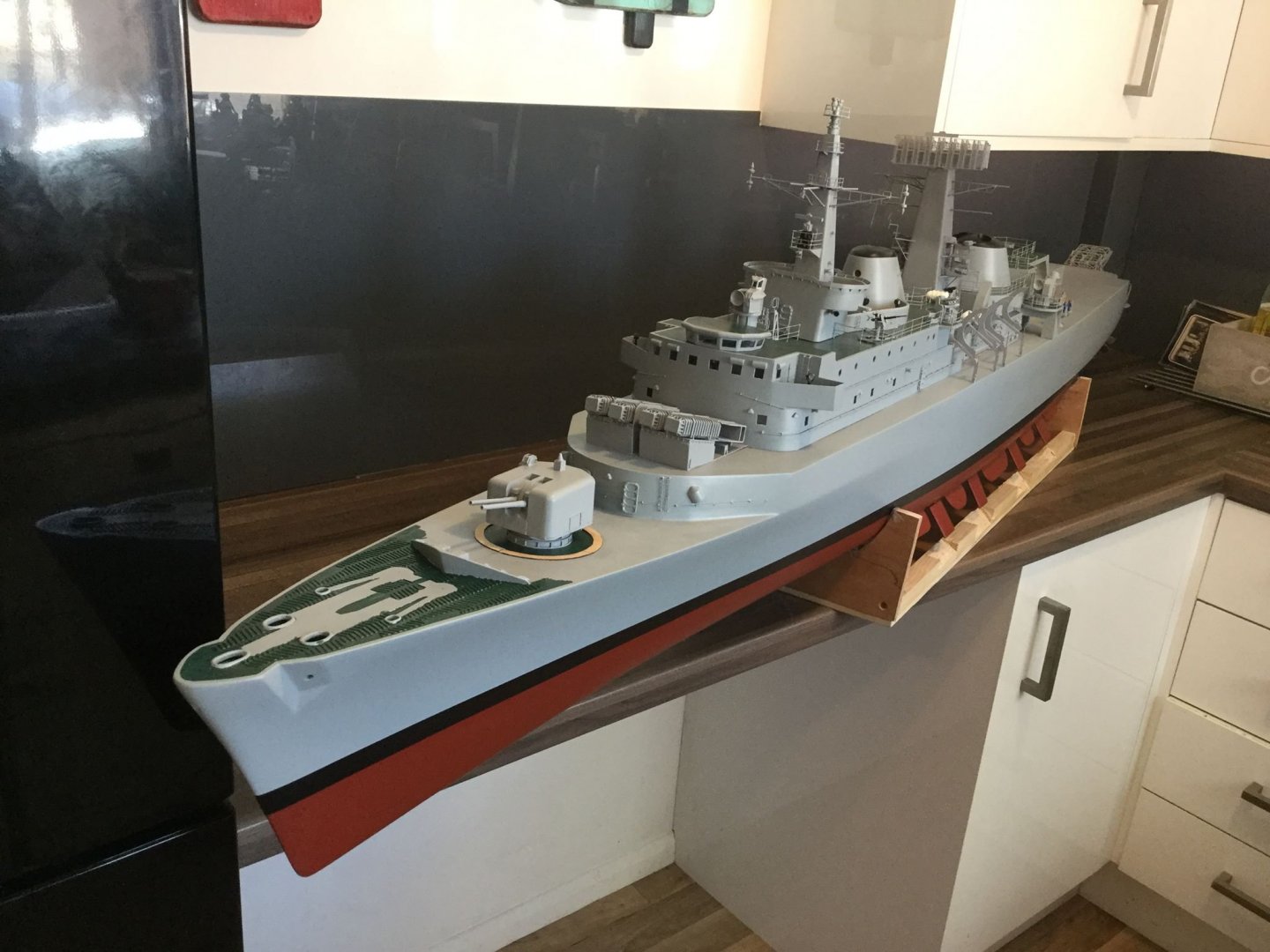
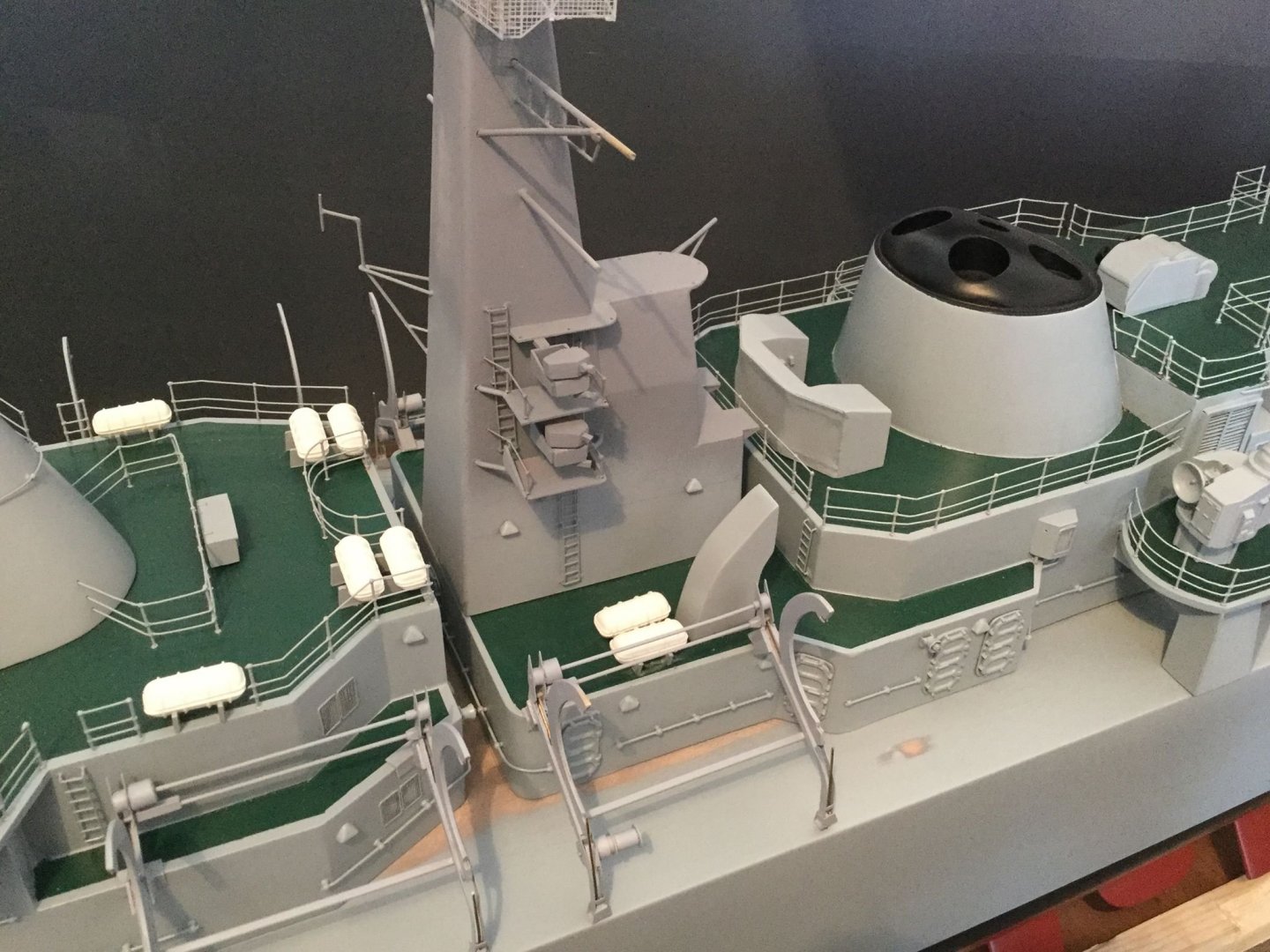
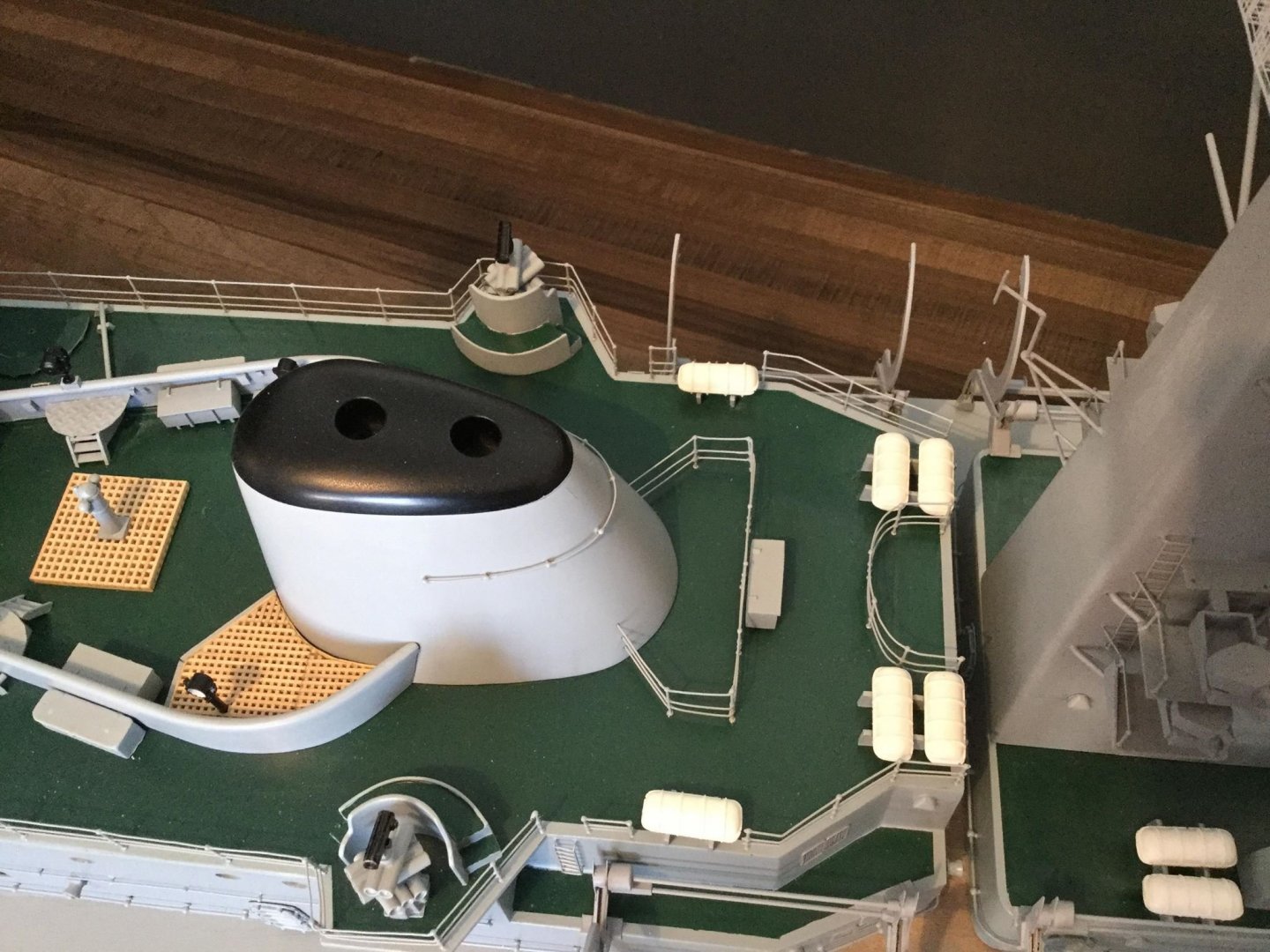
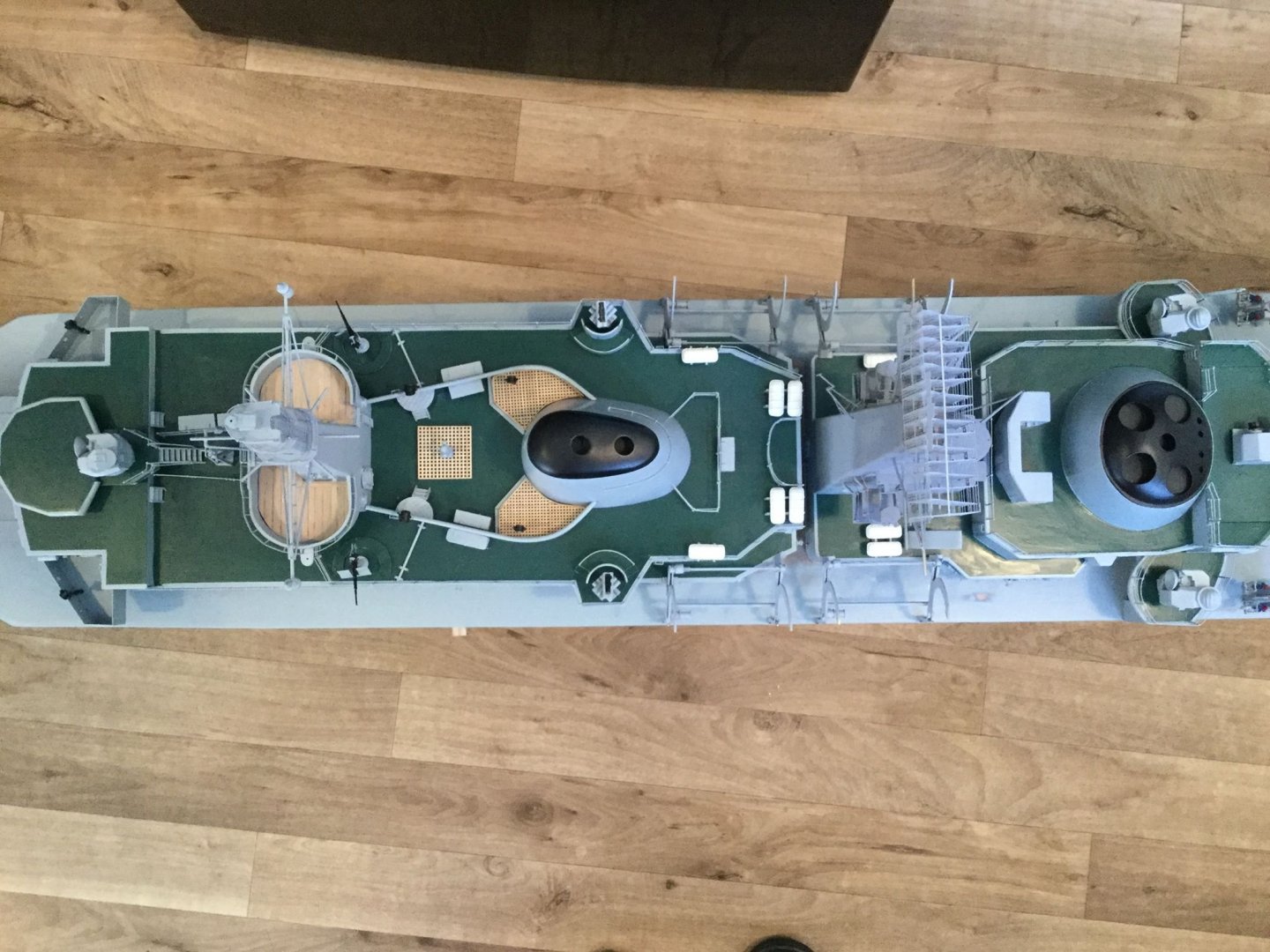

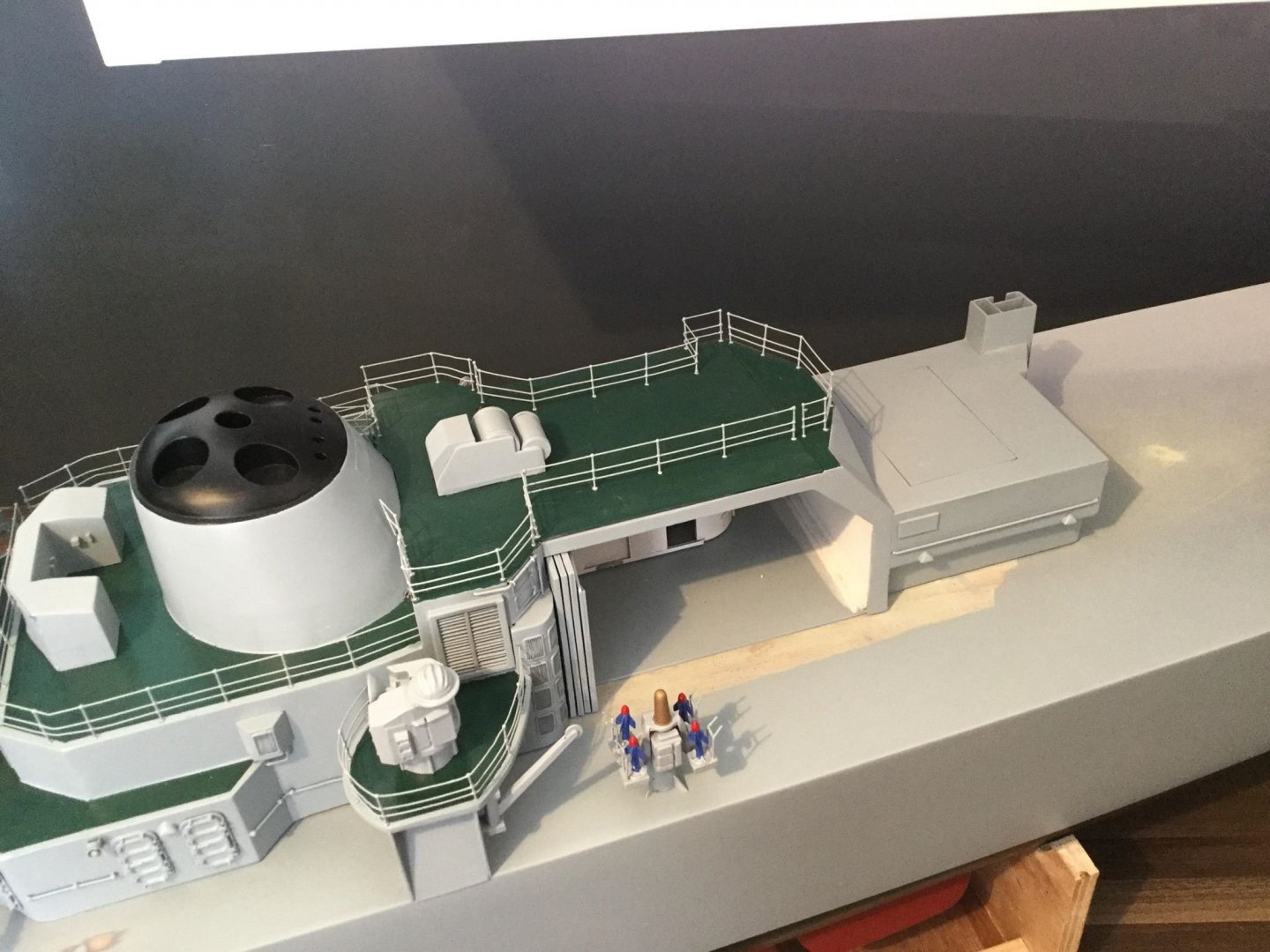
.thumb.jpg.3563451cc7e6a266d47ca576c848824d.jpg)
